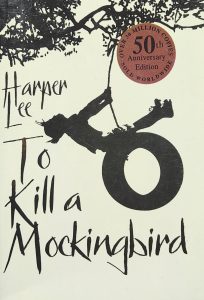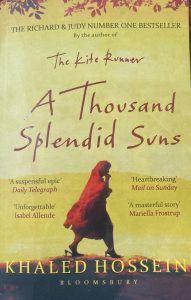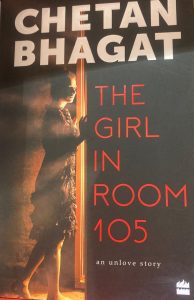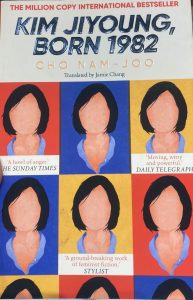Table of Contents
Toggle Book Review
Book Review
Published in 1960, To Kill a Mockingbird quickly became a bestseller and is hailed as a classic of modern American literature. Harper Lee’s novel won the Pulitzer Prize in 1961.
Set in 1930s Alabama, the story centers on Atticus Finch, a white lawyer who courageously defends Tom Robinson, a Black man wrongly accused of raping Mayella Ewell, a white woman. The novel is narrated by Scout Finch, Atticus’s young daughter, whose innocent perspective brings the complex issues of racism and injustice to life.
The title symbolizes the loss of innocence—just as killing a mockingbird is considered a sin, the story explores the damage caused by prejudice and cruelty. Alongside the serious themes, readers enjoy the adventures of Scout, her brother Jem, and their friend Dill, whose childhood curiosity and playful antics add warmth and humor.
Atticus Finch emerges as a moral hero, embodying integrity, courage, and empathy in the face of racial injustice. Meanwhile, Scout and Jem’s coming-of-age journey captures the tension between childhood innocence and harsh social realities.
Lee confronts the brutality and flaws of the legal system head-on, delivering a powerful call for empathy and social change. The novel’s rich character development and moral depth have cemented its place as a timeless work.
To Kill a Mockingbird was also adapted into an acclaimed film, winning three Academy Awards, including Best Actor and Best Picture.
Overall, this classic remains profoundly relevant today, especially amidst movements like “Black Lives Matter,” making it an essential read for understanding justice and equality.
What I don’t like about this book?
- The use of racial slurs and depiction of racist attitudes, while reflective of the time period, can be uncomfortable or offensive to some readers.
- Some readers might find the pacing of the novel slow, especially in the first half where the focus is more on Scout’s childhood and less on the central conflict of the trial.





